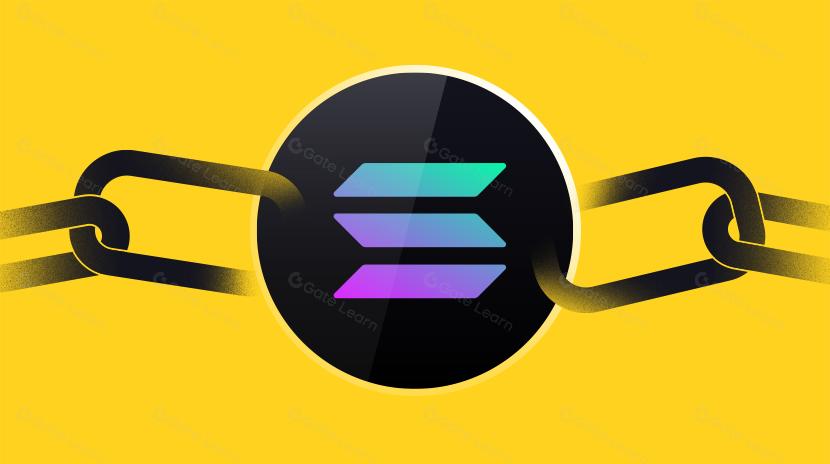Define Fungible

Fungibility is a fundamental characteristic in both cryptocurrency and traditional finance, referring to the property where one unit of an asset can be exchanged for another unit of the same asset without any difference in value or validity between them. Traditionally, fiat currencies represent classic examples of fungible assets—one $100 bill is economically equivalent to any other $100 bill. In the blockchain world, Bitcoin and most cryptocurrencies are designed as fungible tokens, where each token unit is functionally identical to every other token of the same type, without unique historical records or attribute differences, enabling free interchangeability in transactions and ensuring liquidity and universal acceptance as a medium of exchange.
What is the market impact of fungibility?
Fungibility has profound impacts on cryptocurrency markets, particularly evident in the following aspects:
-
Enhanced liquidity: Fungible tokens can be traded indiscriminately on any exchange or trading platform, significantly improving market liquidity and facilitating price discovery and arbitrage opportunities.
-
Market standardization: Fungibility enables the establishment of standardized contracts and derivative markets for crypto assets, such as futures, options, and perpetual contracts, advancing the maturity of crypto financial markets.
-
Regulatory challenges: Completely fungible cryptocurrencies make it difficult to track fund flows, creating challenges for anti-money laundering and regulatory compliance, prompting exchanges to implement stricter KYC/AML policies.
-
Value consensus formation: Fungibility strengthens user consensus on asset value, eliminating the need to consider a token's history or origin, with prices forming solely based on current market supply and demand relationships, simplifying valuation mechanisms.
What are the risks and challenges of fungibility?
While fungibility brings numerous advantages to crypto assets, it also comes with significant risks and challenges:
-
Tainted coin problem: Blockchain transparency means tokens associated with illegal activities may be marked as "tainted coins," undermining their fungibility and creating actual market value differences between units of the same cryptocurrency.
-
Privacy limitations: Fully traceable blockchain records result in permanent public transaction histories, making true fungibility difficult to achieve as the market may discriminate against tokens with certain histories.
-
Regulatory compliance challenges: Regulators often require exchanges to monitor suspicious transactions, contradicting the free-flowing nature of fungible assets and creating conflicts between compliance operations and fungibility principles.
-
Algorithmic identification risks: With advancements in chain analysis technologies, even tokens designed to be fungible face risks of being algorithmically flagged and categorized, potentially threatening user privacy and asset liquidity.
Future Outlook: What's next for fungibility?
The concept of fungibility is undergoing significant transformation as blockchain technology evolves, with future development trends including:
-
Privacy-enhancing technologies: Zero-knowledge proofs, ring signatures, and other privacy technologies are being integrated into more projects, aiming to enhance transaction privacy protection and restore true fungibility, as explored in projects like Monero and Zcash.
-
Coin mixing protocol upgrades: Decentralized coin mixing services and protocol-layer privacy solutions will become more prevalent, allowing users to "clean" token transaction histories while remaining compliant.
-
Balance between regulation and fungibility: The industry will explore balance between verifiable compliance and maintaining fungibility, potentially developing selective disclosure mechanisms allowing users to prove compliance to regulators when necessary.
-
Fusion of fungible and non-fungible elements: Future hybrid asset models may emerge with a fungible base layer while supporting temporary non-fungible features through metadata layers, serving diverse application scenarios.
Fungibility, as a foundational property of cryptocurrencies, is crucial for the healthy development of blockchain ecosystems. It ensures the basic functions of crypto assets as mediums of exchange and stores of value, while improving market efficiency and user experience. However, perfect fungibility requires balancing privacy protection, regulatory compliance, and technical implementation. With technological advancements and regulatory maturity, we have reason to believe the blockchain industry will gradually find fungibility solutions that accommodate all stakeholders' needs, establishing a more solid foundation for asset transactions in the digital economy era.
Share
Related Articles

What is ORDI in 2025? All You Need to Know About ORDI

The Future of Cross-Chain Bridges: Full-Chain Interoperability Becomes Inevitable, Liquidity Bridges Will Decline
